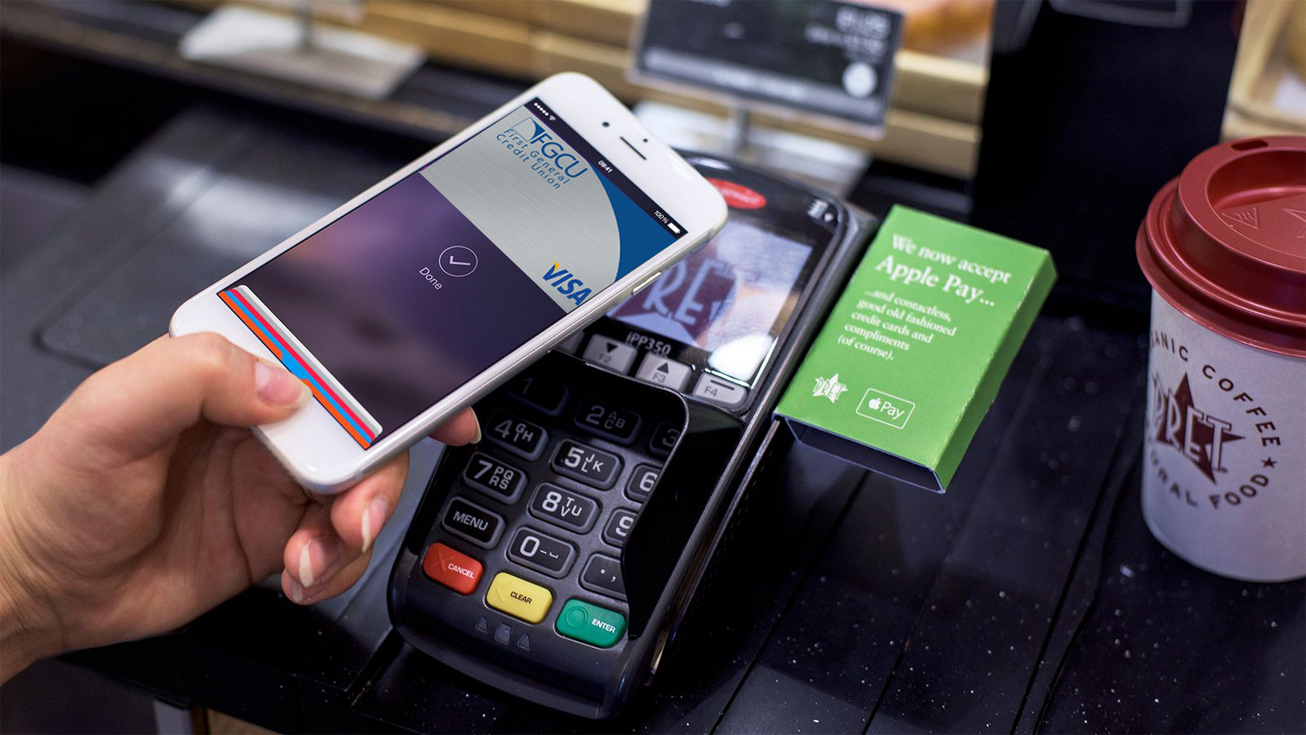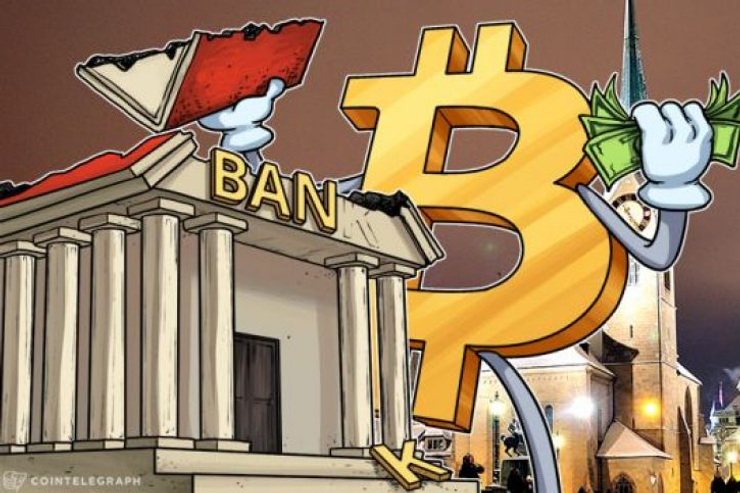Hi, I’m Adil Wali. I became a Microsoft certified professional at age 14 and started my first web development company. That led to a career as a serial entrepreneur, advisor, and startup investor. I got my first “real job” at 33, and I’m now a FinTech executive with a passion for the markets.
#SXSWi — How to get users addicted to your content

By Adil Wali , 10th Mar 2012
CATEGORIES
Product Management
UX
I love addiction; perhaps because I have a very addictive personality. As such, I was drawn to the talk here at South by Southwest by @taraattrulia about engineering addiction. She’s going pretty fast, so I will.
- Starting out with the definition of addiction. Addiction does not have to be negative. You want people to have a positive association with the addictive experience; not something they are ashamed of.
- Recommends the book Lovemarks by Kevin Roberts.
- Need to get into the ‘core mix’ of sites for a customer. The path: reach–> trial–> stick. The big goal: get the STICK!
Three strategies to get to stick:
- Don’t just publish information; fuel people’s aspirations. People crave change; they want to be better than they are today.
- Real-time helps people get more drawn into an experience
- Market your manifesto. Focus on lifestyles and values; you’ll find people who are already in your orbit.
- You can engage people who are not directly aligned with your business. They may just believe in the same stuff.
- Lululemon example: their manifesto is about life; not black yoga pants (their core market?)
- Secret (brand of deodorant): manifesto about bullying.
- Double-down on content experiences. Create unique content experiences that draw people in.
- Lululemon yoga mobs (not sure what the better name is for this.. but they have thousands of people getting together to do yoga in public places.)
- UGC call to action. Trunk Club and Kiwi Crate –> users are posting their own content to facebook.
My reflections on the talk are as follows: I think it was heartfelt and interesting, but I failed to see any real connections to addiction. The talk description mentioned stuff like neuroscience; but I the content was not specific or in-depth enough to make me feel like I really learned something deep. Cool pillars, though.
Trending Posts






